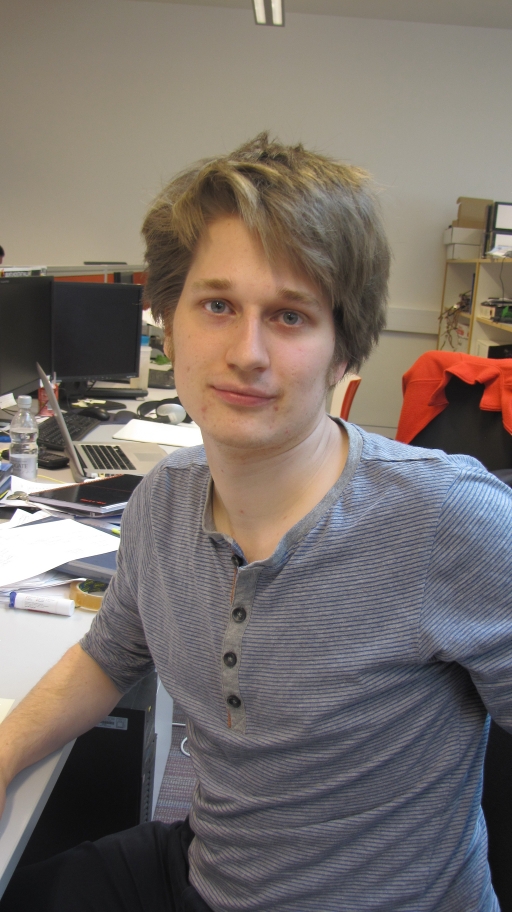
Databases: Bookshelf · CGDB · KDB · OMPDB · Lipidbook | Links | Contact | Intranet | Search
 |
|
Home |
Mission |
Research |
Members |
Positions |
Image Gallery |
Panoramas |
Seminars Databases: Bookshelf · CGDB · KDB · OMPDB · Lipidbook | Links | Contact | Intranet | Search |
Lukas Stelzl |
|
Structural Bioinformatics and Computational Biochemistry Unit Dept. of Biochemistry University of Oxford South Parks Road Oxford OX1 3QU U.K. Telephone: 01865 613304 Fax: 01865 613238 e-mail: lukas.stelzl@bioch.ox.ac.uk |
 |
Background |
I have read Biochemistry at Trinity College, Oxford between October 2006 and June 2010. My final year undergraduate research project project was supervised by Professor Christina Redfield. I investigated the structure and dynamics of the N-terminal domain of DsbD (nDsbD) by NMR. I have employed Residual Dipolar Coupling (RDC) measurements and spin relaxation experiments to study protein structure and dynamics. I have started my DPhil in Biochemistry in October 2010, moving to St Catherine`s College , Oxford . My doctoral work in the Departement of Biochemistry is jointly supervised by Professor Christina Redfield and Professor Mark Sansom of the Structural Bioinformatics and Computational Biochemistry Unit. I am funded by a BBSRC Doctoral Training studentship in Molecular Biochemistry and Chemical Biology. |
Research |
Eventhough exchange between different structures of proteins underlies many biochemical processes, the mechanisms of conformational changes are still poorly understood. Currently, I am using NMR experiments and Molecular Dynamics (MD) simulations to study protein conformational changes in atomistic detail, focusing on the conformational equilbrium of nDsbD. nDsbD acts as a redox hub in the periplasm of Gram negative bacteria. A loop shields the active site from non-cognate side-reactions, but needs to open for nDsbD to form complexes with its physiological interaction partners. We are studying the dynamics of the loop in nDsbD on its own, and in the context of its association reaction, with the C-terminal of domain of DsbD.
|
Publications |
|
| |
| Last updated 27 Nov 2013 |